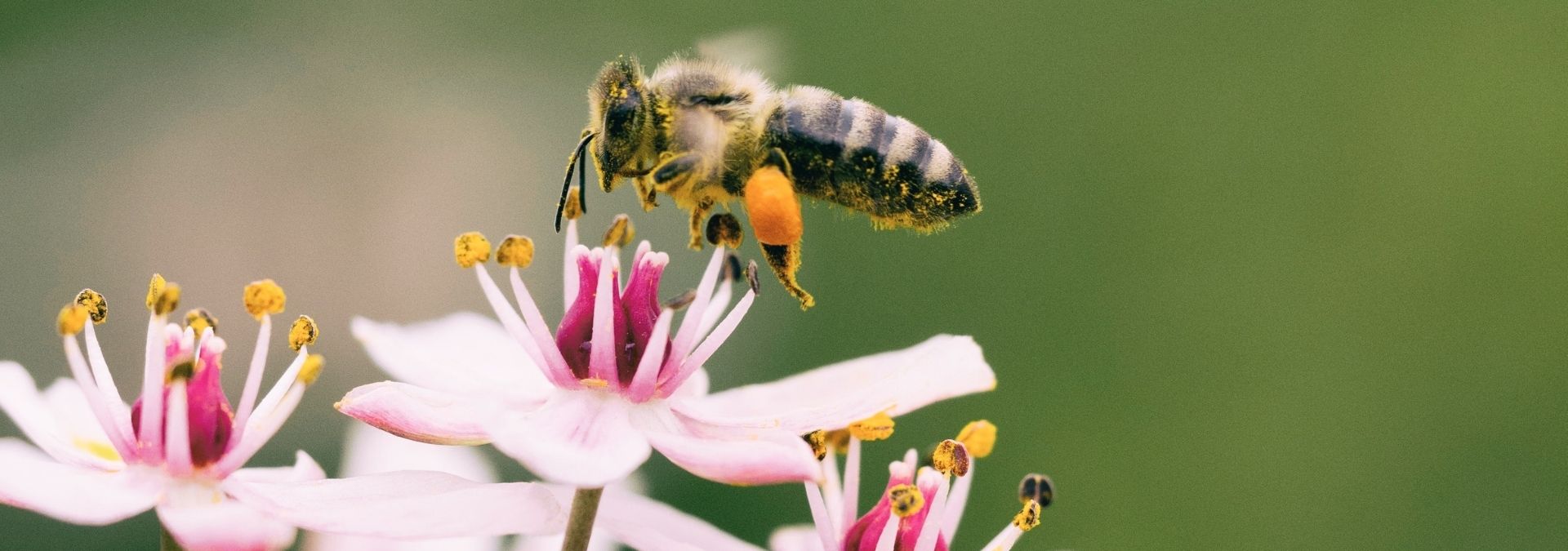Eco corridor is Catalina’s hidden gem

When you are considering retirement, near the top of your list is no doubt location. For those looking for a quiet, serene spot to enjoy the whip birds and willy wagtails but still be close to water activities and bushwalks, Catalina Retirement Village offers this now and for many years to come. With a dedicated 45-60m wide ecological corridor wrapping around its entire site, this environmental conservation zone can never be built on and provides a vital corridor for native fauna and flora.
What is an eco-corridor?
An eco-corridor is a narrow piece of habitat that connects two larger areas of habitat together to provide easy movement of animals. It also encourages the spread of plants and other organisms. Eco corridors are essential to conserving biodiversity within species and proper functioning of eco-systems and they provide a long-term connection for Possum Gliders and other animals in the local patchwork of bushland.
Catalina’s eco-corridor
Catalina is working with John Paul King, Founder and Lead Scientist from Biobanking Accredited Assessors as well as an active group of resident volunteers and a local Landcare group to contribute to the regeneration of this conservation zone and its ecosystems. One of the aims is also to regenerate the area to form a corridor between the Watagans and Catherine Hill Bay so Sugar Gliders can travel between the two areas safely.
One of our dedicated volunteers, Lesley Evans, has great knowledge and a keen interest in the wide variety of stingless bees in the local area. Along with other residents in our community, she is keen to sustain and increase the stingless bee colony. Known as Sugar Bag bees by the Indigenous community, these bees are becoming endangered due to land clearing. They’re tiny and build their hive is built in a spiral within a special box. Although they make honey, it is not much. The hive needs to be split in order to get to the honey which has a citric taste to it. The furthest south these stingless bees have been sighted is Nowra with most of the bee colonies situated in coastal areas. There are a lot of different bees in the local area including teddy bear bees, blue-banded bees, and neon cuckoo. Gina Cranson, a natural history illustration student at Newcastle University, has created a beautiful compilation of Native Bees of the Hunter for those who are interested to see what these
Preventing bushfires
The leading constraint is bushfire protection and its obvious contradiction to habitat creation and restoration. Working within this constraint, Catalina is planting and maintaining a low-density forest (like woodland) cover that also doubles as a bushfire outer protection zone. This zone needs to have a cover of trees that are close enough for gliders to move between without going on the ground but not so much vegetation that it is a risk to the residents. Given the balance required even losing one tree from the patch can have an impact on the movements of gliders, therefore making the maintenance of the corridor very important.
How can we preserve this eco corridor?
Catalina has made a great contribution to the eco-corridor by installing glider poles and retaining and enhancing the corridor. There is more to do however, we are installing new recycled plastic nest boxes and continuing to try to establish more tree cover.
To learn more about our eco-corridor or to get involved, please contact us on 1300 927 786.
Stay in the loop
Sign up to our newsletter for news and updates.